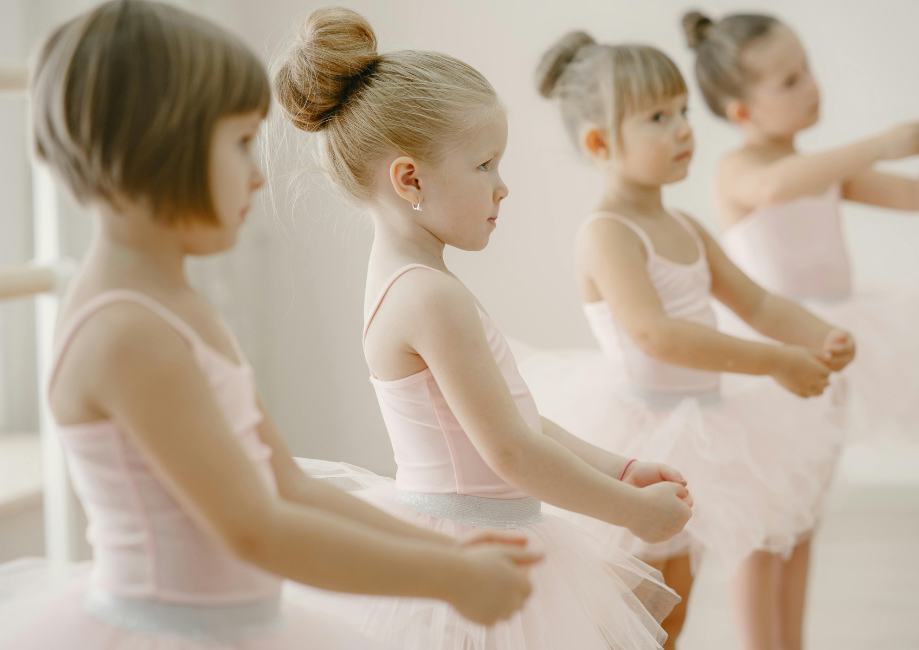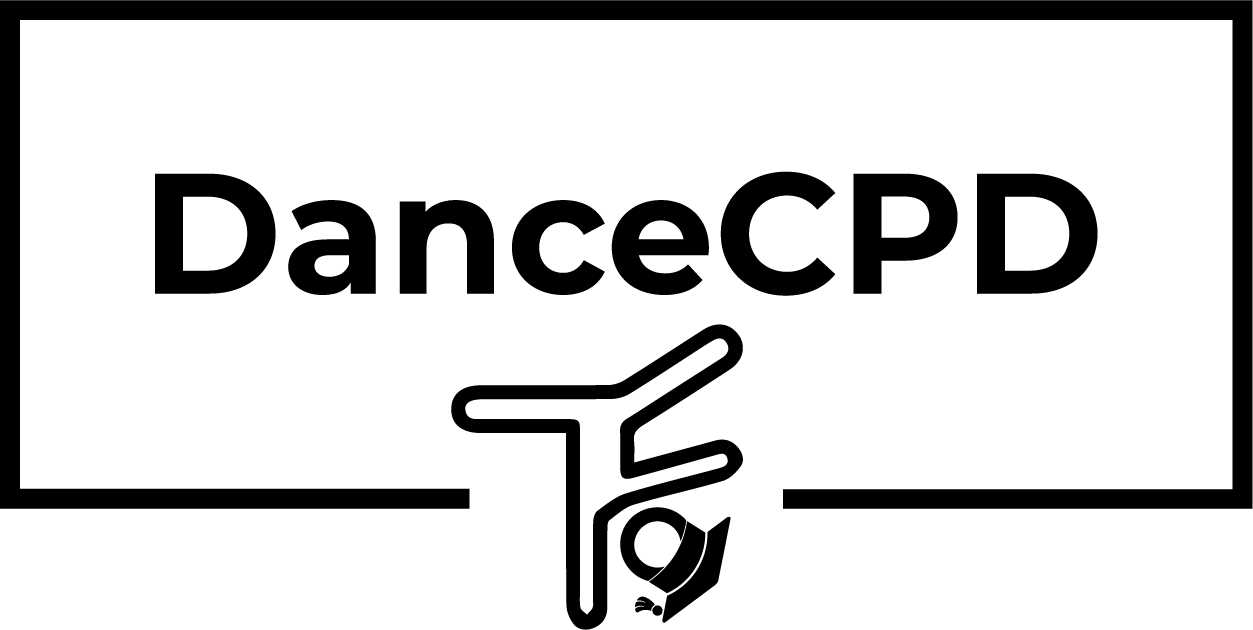Letting Students Build Their Own Learning

Most dance teachers start class the same way: we stand at the front, demonstrate, correct, and repeat. It works – our dancers learn the steps.
But what if real growth happened when we didn’t show them exactly what to do?
That’s the idea behind constructivism – a way of teaching that turns dancers into independent thinkers, not just great copiers.
What is Constructivism?
Constructivism is part of the ‘cognitive’ learning theories, which assume learning takes place in the mind of the student, rather than by simply repeating behaviours (confused? See last week’s blog on (Behaviourism)
Constructivism came to prominence around the 1950’s based on the work of child psychologist Jean Piaget. It suggests students build their own understanding based on experience, rather than simply absorbing information from a teacher.
In this theory there are 4 stages of learning development:
- Sensorimotor stage – learning takes place through touch and feel
- Pre-operational stage – logical arrangement of learning begins
- Concrete operational stage – the student can think logically about the learning
- Formal operational stage – abstract thinking about the subject becomes possible
Constructivism tells us that learners move through these stages, literally constructing a deeper understanding as they go.
Why Does This Matter in Dance?
In the dance studio, it’s the difference between a dancer being able to copy the teacher and being able to make sense of the movement through their own exploration.
Dance isn’t just technical – it’s expressive, creative and deeply personal. By using constructivist strategies in our classes, we:
- Encourage deeper learning and retention
- Help dancers become more independent and resilient
- Support creative thinking and decision-making
- Develop students who can self-correct, reflect, and grow
Constructivism also nurtures the kind of lifelong learners who keep improving long after the class ends.
How to Use Constructivism in the Studio
Your goal with this learning theory is to give your dancers tools and activities that help them find their own way through the movement or correction you are trying to give them – not just copying, but working things out for themselves to build a deeper understanding unique to each dancer.
Here are some simple ways to put constructivism into practice in your dance teaching:
- Ask, Don’t Tell
Instead of correcting immediately, try prompting with:
- “What did that feel like?”
- “What do you think could make that smoother?”
- “Can you find a way to make that transition clearer?”
This gives dancers a chance to reflect and problem-solve before relying on external feedback.
- Encourage Exploration
Give space for dancers to try different ways of doing things:
- “How else could you show that emotion?”
- “Try three ways to enter the stage – which feels best?”
It’s not about getting it ‘right’ – it’s about discovering what works for them.
- Use Peer Learning
Dancers learn a lot from each other. Invite students to:
- Work in pairs to teach a short sequence
- Give positive, constructive feedback
- Reflect on what they saw and how it might help their own work
This builds ownership, community, and deeper understanding.
All of these suggestions you require you the teacher to step back and allow your students to cement their own learning. You provide the positive learning environment, the activities and the boundaries, then you are there to support, not direct, while your dancers explore.
Reflective Prompt
Think about a recent dance class you taught. Where did you allow space for your students to figure something out for themselves, rather than telling or showing them straight away? How did they respond – and how could you build on this approach next time?
Key Takeaway
Constructivism reminds us that dance students aren’t empty vessels – they’re full of ideas, instincts and experiences. When we give them space to explore and build their understanding, we empower them to become thoughtful, expressive, and confident dancers.
Take It Further
Next time you plan a class, choose one moment where you’ll step back and let your dancers figure something out for themselves. Trust them – you might be surprised by what they discover.
What’s Next?
Next week, we’ll take a deeper dive into Cognitivism to look at how we help dancers build and retain knowledge in our classes.
In the meantime, if you want to chat with other dance teachers who care about pedagogy and purposeful teaching, come join the Facebook group:
Dance Teachers: Raising the Barre
Keep up to date with what’s going on and further news:
